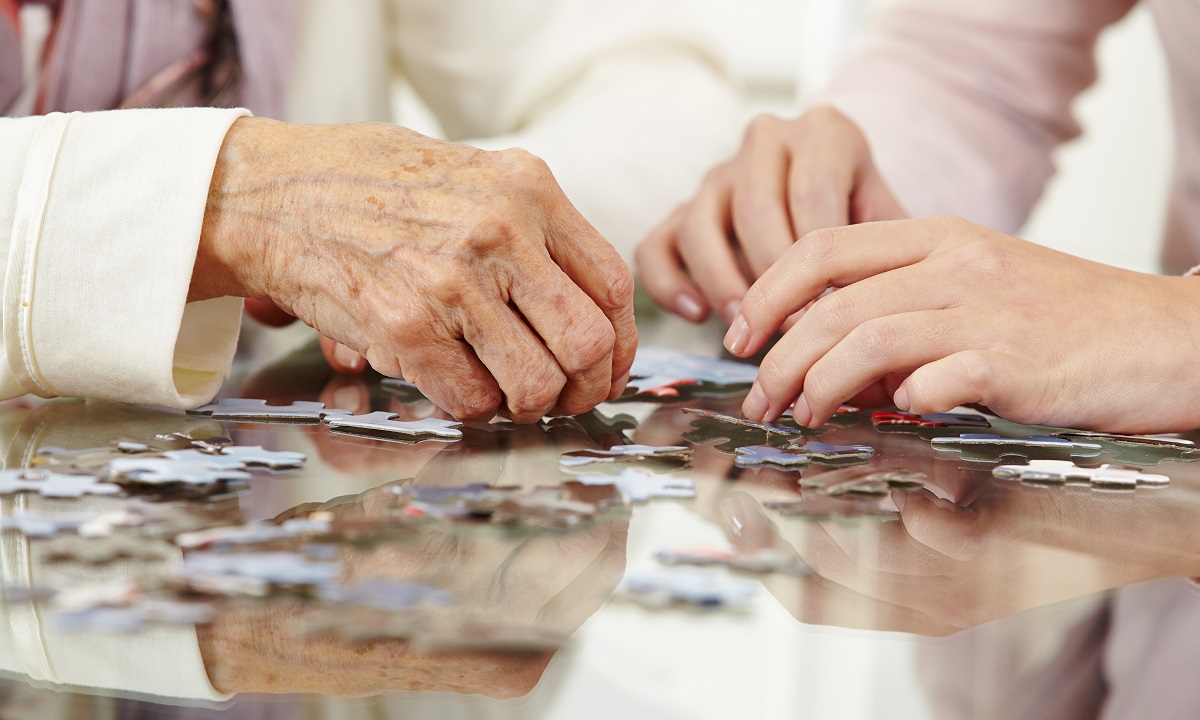Spring is almost here and it will soon be time to start enjoying your garden again. We asked a dementia garden expert for some tips…
There are many things to keep in mind when designing and creating a dementia-friendly garden. Mark MacCarty, from Primetower Care, a residential care provider in Dorset, has compiled some tips which can be useful for everyone
1. Understand and research
Before you start thinking about the design, you need to fully understand the process and the implications of what you are planning for, that is, the challenges of dementia and how that may impact on the layout and design. Speak to the home operators, find out their concerns. How will the garden function and how will this affect the residents?
2. Health and safety
Arguably the most pivotal point on the list, gardens should be designed with minimal potential hazards. Trips and falls should be avoided, surfaces should be non-slip and fences or railings should be of a height that cannot be climbed. The entire garden must be visible to care staff at all times. Care needs to be given to contrasting colour surfaces as these can be perceived as steps.
3. Security
As well as making sure the heights of perimeters are high enough, the area should be spacious and easily accessible for the residents. It should also maintain their privacy. Fences should be covered with shrubs and hedges to look natural and less intimidating. Gates should be disguised or hidden.
4. Practicalities
The garden should always be well maintained to avoid accidents, efficient drainage must be considered, and avoid areas that cause disorientation.
5. Planning paths
All walk ways should be easy to follow, and come back to where they began. They should be wide enough for a wheelchair and two people, feature signage that is clear and concise.
6. Features of interest
We like to provide stimulating gardens for our residents, and have different gardens for different purposes. Our ‘Kitchen Garden’ features raised allotment beds where green-fingered residents can help with cultivation of seasonal vegetables, whereas ‘The Garden Walk’ features intriguing smells like coriander, thyme and curry and bright colours that change with the seasons.
7. Encourage wildlife
Including bird tables and squirrel feeders allows our residents to watch them feed from a safe distance. Watching the animals is a soothing experience for all.
8. Enjoyable from indoors
In bad weather our residents can still take in the beauty of the garden by looking out from our large garden room and enjoy the view.
9. Benefits of fresh air
Try to ensure that there are sunny spots and areas of shade for people to spend time in, and site furniture to suit both areas.
10. Common sense
Overall, common sense should always prevail. Don’t include plants that are sharp or poisonous, avoid garden furniture with sharp edges or breakable materials, and make sure all surfaces are non-slip, non-reflective and textiles are waterproof.
The garden should be a fantastic area that everyone can enjoy on a day-to-day basis and explore with their friends, families and carers. You can also visit this article from PlantedWell for ideas and images.
SHARE
Explore more




